Diameter and rigidity of multiwalled carbon nanotubes are critical factors in mesothelial injury and carcinogenesis
- PMID: 22084097
- PMCID: PMC3241783
- DOI: 10.1073/pnas.1110013108
Diameter and rigidity of multiwalled carbon nanotubes are critical factors in mesothelial injury and carcinogenesis
Abstract
Multiwalled carbon nanotubes (MWCNTs) have the potential for widespread applications in engineering and materials science. However, because of their needle-like shape and high durability, concerns have been raised that MWCNTs may induce asbestos-like pathogenicity. Although recent studies have demonstrated that MWCNTs induce various types of reactivities, the physicochemical features of MWCNTs that determine their cytotoxicity and carcinogenicity in mesothelial cells remain unclear. Here, we showed that the deleterious effects of nonfunctionalized MWCNTs on human mesothelial cells were associated with their diameter-dependent piercing of the cell membrane. Thin MWCNTs (diameter ∼ 50 nm) with high crystallinity showed mesothelial cell membrane piercing and cytotoxicity in vitro and subsequent inflammogenicity and mesotheliomagenicity in vivo. In contrast, thick (diameter ∼ 150 nm) or tangled (diameter ∼ 2-20 nm) MWCNTs were less toxic, inflammogenic, and carcinogenic. Thin and thick MWCNTs similarly affected macrophages. Mesotheliomas induced by MWCNTs shared homozygous deletion of Cdkn2a/2b tumor suppressor genes, similar to mesotheliomas induced by asbestos. Thus, we propose that different degrees of direct mesothelial injury by thin and thick MWCNTs are responsible for the extent of inflammogenicity and carcinogenicity. This work suggests that control of the diameter of MWCNTs could reduce the potential hazard to human health.
Conflict of interest statement
The authors declare no conflict of interest.
Figures

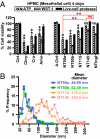
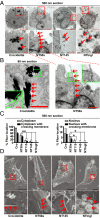
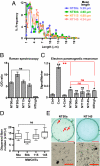

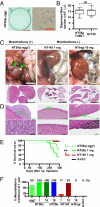
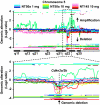


References
-
- Iijima S. Helical microtubules of graphitic carbon. Nature. 1991;354:56–58.
-
- Thayer AM. Carbon nanotubes by the metric ton. Chem Eng News. 2007;85:29.
-
- Sakamoto Y, et al. Induction of mesothelioma by a single intrascrotal administration of multi-wall carbon nanotube in intact male Fischer 344 rats. J Toxicol Sci. 2009;34:65–76. - PubMed
-
- Takagi A, et al. Induction of mesothelioma in p53+/- mouse by intraperitoneal application of multi-wall carbon nanotube. J Toxicol Sci. 2008;33:105–116. - PubMed
-
- Donaldson K, Poland CA. Nanotoxicology: New insights into nanotubes. Nat Nanotechnol. 2009;4:708–710. - PubMed
Publication types
MeSH terms
Substances
LinkOut - more resources
Full Text Sources
Medical
Miscellaneous

